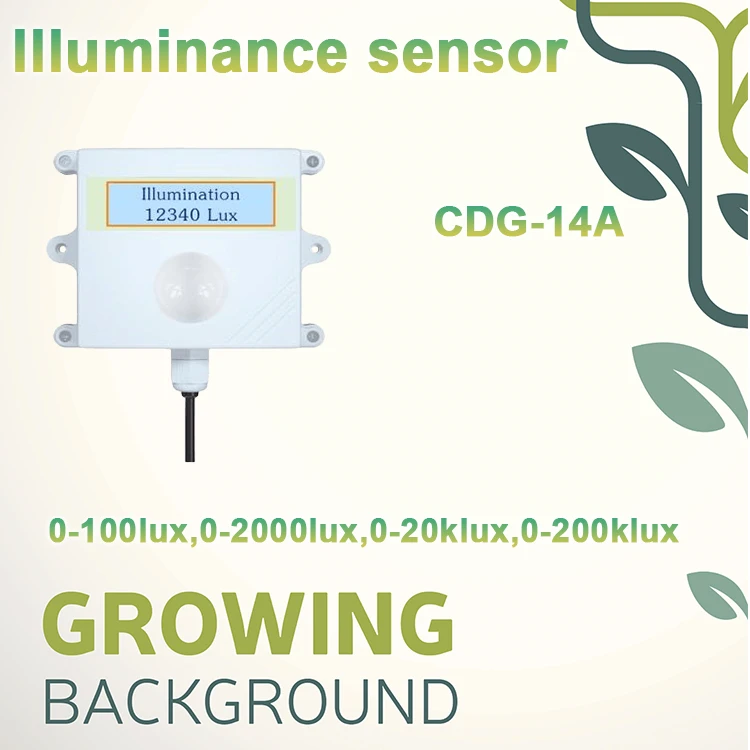
# Light Detector: Principles and Applications
## Introduction to Light Detectors
Light detectors are essential components in various scientific, industrial, and consumer applications. These devices convert light energy into electrical signals, enabling the measurement and analysis of light properties. From simple photodiodes to sophisticated imaging sensors, light detectors play a crucial role in modern technology.
## Basic Principles of Operation
Light detectors operate based on the photoelectric effect, where photons striking a material cause the emission of electrons. The three main types of light detectors are:
– Photovoltaic detectors (solar cells)
– Photoconductive detectors
– Photoemissive detectors
Each type has unique characteristics that make it suitable for specific applications. The choice of detector depends on factors such as sensitivity, response time, and spectral range.
## Common Types of Light Detectors
### Photodiodes
Photodiodes are semiconductor devices that generate current when exposed to light. They are widely used in optical communication systems, light meters, and medical equipment.
### Phototransistors
These are light-sensitive transistors that offer higher sensitivity than photodiodes but with slower response times. They are commonly found in light-activated switches and encoders.
### Charge-Coupled Devices (CCDs)
CCDs are used in digital cameras and scientific imaging applications. They convert light into electronic charge and store it in tiny capacitors.
## Applications of Light Detectors
Light detectors have numerous applications across various fields:
– Optical communications (fiber optics)
– Medical imaging (X-ray detectors, endoscopes)
– Industrial automation (object detection, quality control)
– Consumer electronics (digital cameras, smartphones)
– Scientific research (spectroscopy, astronomy)
– Environmental monitoring (air quality sensors)
## Emerging Technologies
Recent advancements in light detection technology include:
– Quantum dot photodetectors with tunable spectral response
– Organic photodetectors for flexible electronics
– Single-photon detectors for quantum computing applications
– Neuromorphic sensors that mimic the human eye
## Conclusion
Light detectors continue to evolve, enabling new applications and improving existing technologies. As research progresses, we can expect even more sensitive, efficient, and specialized light detection systems to emerge, further expanding their role in our technological landscape.
Keyword: light detector